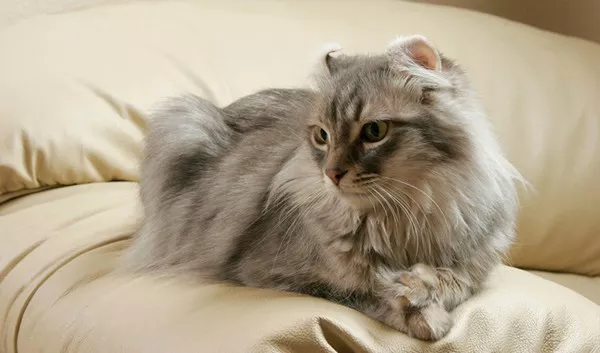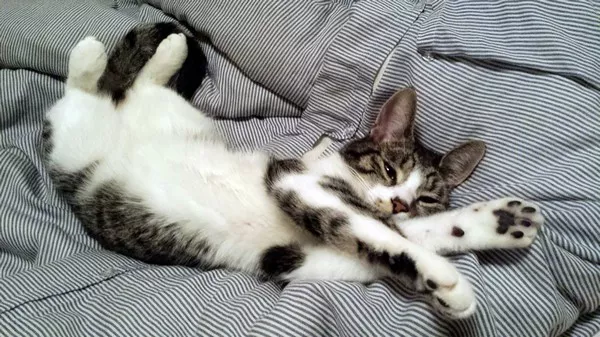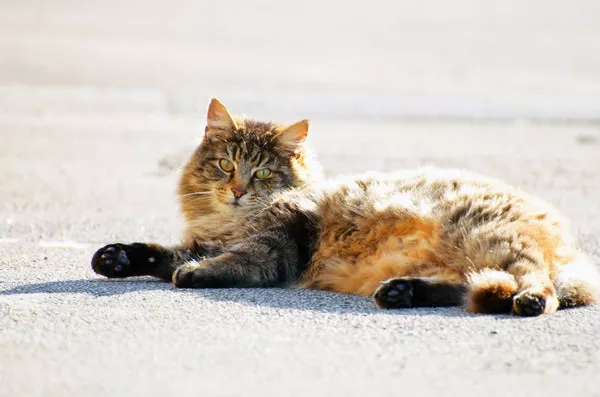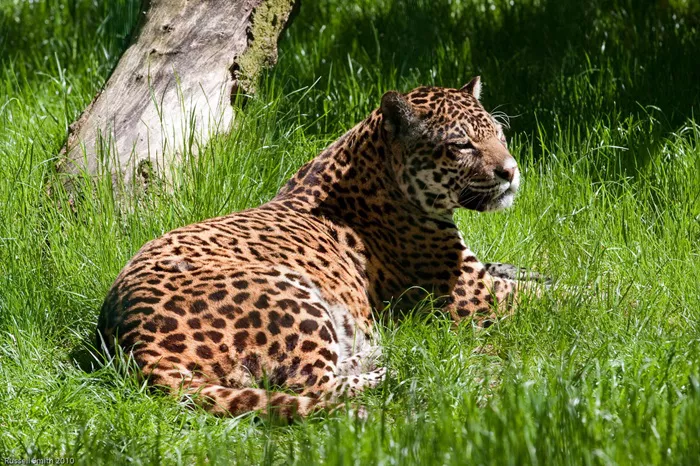American Curl cats, with their distinctive curled ears and playful personalities, are a unique and beloved breed among cat enthusiasts worldwide. While their charming appearance and affectionate nature make them popular pets, prospective owners often have questions about their shedding patterns and grooming needs. In this comprehensive guide, we will explore the shedding behavior of American Curl cats, factors influencing shedding, grooming tips, and strategies for managing shedding effectively to promote a healthy coat and environment for these delightful feline companions.
American Curl Cats
American Curl cats are known for their distinctive curled ears, which give them a unique and endearing appearance. Originating from a spontaneous genetic mutation in California in the 1980s, this breed quickly gained popularity for its striking physical features and friendly temperament. American Curls are medium-sized cats with elegant, semi-foreign body types, silky coats, and expressive eyes. They are known for their playful and sociable nature, forming strong bonds with their human companions and getting along well with children and other pets.
Shedding Behavior of American Curl Cats
Understanding Shedding Cycles
Like all cats, American Curl cats shed their fur as part of their natural growth and renewal cycle. Shedding is a normal and healthy process that helps cats maintain the condition of their coats, regulate body temperature, and remove dead or damaged hair. While shedding is a year-round occurrence for cats, certain factors, such as changes in season, hormonal fluctuations, and environmental conditions, can influence the intensity and frequency of shedding.
Shedding Patterns in American Curl Cats
American Curl cats typically exhibit moderate shedding, with variations in intensity depending on individual factors and environmental influences. While not considered heavy shedders compared to some other breeds, American Curls still require regular grooming to manage loose fur and minimize the accumulation of hair around the home.
Factors Influencing Shedding in American Curl Cats
Seasonal Changes
Seasonal variations in temperature and daylight can affect the shedding patterns of American Curl cats. In general, cats tend to shed more in the spring and fall as they transition between winter and summer coats. During these times, cats may experience a “shedding season” characterized by increased fur loss as their bodies adapt to changes in temperature and daylight hours.
Hormonal Factors
Hormonal changes, such as those associated with reproductive cycles, pregnancy, or lactation, can influence shedding in female American Curl cats. Pregnant or lactating cats may experience hormonal fluctuations that affect the growth and shedding of their fur. Similarly, intact males may exhibit changes in shedding patterns related to mating behavior and hormone levels.
Health and Nutrition
The overall health and nutritional status of American Curl cats can impact the condition of their coats and shedding patterns. Cats with underlying health issues, skin conditions, or nutritional deficiencies may experience abnormal shedding or changes in fur quality. Providing a balanced diet rich in essential nutrients, such as protein, vitamins, and fatty acids, can help support healthy skin and coat maintenance, reducing the likelihood of excessive shedding.
Stress and Anxiety
Stressful or anxiety-provoking situations can trigger excessive shedding in American Curl cats. Events such as moving to a new home, changes in routine, introduction of new pets, or loud noises can cause cats to experience heightened stress levels, leading to increased shedding as a physiological response. Minimizing stressors and providing a calm and stable environment can help reduce shedding related to stress and anxiety.
Grooming Tips for American Curl Cats
Regular Brushing
Regular brushing is essential for managing shedding and maintaining the condition of the American Curl cat’s coat. Using a soft-bristled brush or grooming mitt, gently brush the cat’s fur in the direction of growth to remove loose hair, tangles, and debris. Aim to brush the cat’s coat at least once or twice a week, increasing frequency during peak shedding seasons as needed.
Bathing
While American Curl cats typically do not require frequent baths, occasional bathing can help remove excess oil, dirt, and loose hair from the coat. Use a gentle, cat-specific shampoo and lukewarm water to bathe the cat, taking care to avoid getting water in the ears or eyes. After bathing, thoroughly rinse the cat’s coat to remove any residual shampoo, and pat dry with a towel.
Nail Trimming
Regular nail trimming is an essential aspect of grooming for American Curl cats, as their curled ears may make them more prone to accumulating dirt and debris. Use a pair of cat-specific nail trimmers to carefully trim the cat’s nails, taking care to avoid cutting into the quick, which can cause pain and bleeding. Trim nails every 2-4 weeks to prevent overgrowth and maintain nail health.
Ear Care
Due to their distinctive curled ears, American Curl cats may require special attention to ear hygiene. Check the cat’s ears regularly for signs of wax buildup, debris, or infection, and gently clean the ears with a damp cotton ball or soft cloth as needed. Avoid using cotton swabs or inserting anything into the ear canal, as this can cause injury or damage to the delicate ear structures.
Managing Shedding Effectively
Environmental Management
Implementing strategies to manage shedding around the home can help reduce the accumulation of cat hair on furniture, carpets, and clothing. Use lint rollers, vacuum cleaners with pet hair attachments, and washable pet bedding to remove loose fur and dander from surfaces. Regularly sweep, mop, and dust living areas to minimize allergens and maintain a clean and hygienic environment for both humans and cats.
Dietary Supplements
Incorporating dietary supplements rich in omega-3 fatty acids, such as fish oil or flaxseed oil, can help promote healthy skin and coat in American Curl cats. Omega-3 fatty acids have anti-inflammatory properties and support skin hydration and elasticity, reducing the likelihood of dryness, flakiness, and excessive shedding. Consult with a veterinarian before adding supplements to the cat’s diet to ensure proper dosage and safety.
Veterinary Evaluation
If an American Curl cat experiences sudden or excessive shedding, it is essential to consult with a veterinarian for a thorough evaluation and diagnosis. Underlying health issues, such as allergies, parasites, hormonal imbalances, or skin infections, may contribute to abnormal shedding and require medical treatment. A veterinarian can perform diagnostic tests, recommend appropriate treatments, and provide guidance on managing shedding effectively.
Conclusion
American Curl cats are cherished for their unique appearance, playful demeanor, and affectionate personalities. While they may not be heavy shedders compared to some other breeds, American Curls still require regular grooming and maintenance to manage shedding effectively and promote a healthy coat and environment. By understanding the factors influencing shedding, implementing proper grooming techniques, and addressing any underlying health issues, owners can ensure a happy and comfortable life for their beloved American Curl companions. With proper care and attention, American Curl cats can thrive and bring joy to their human families for many years to come.


























